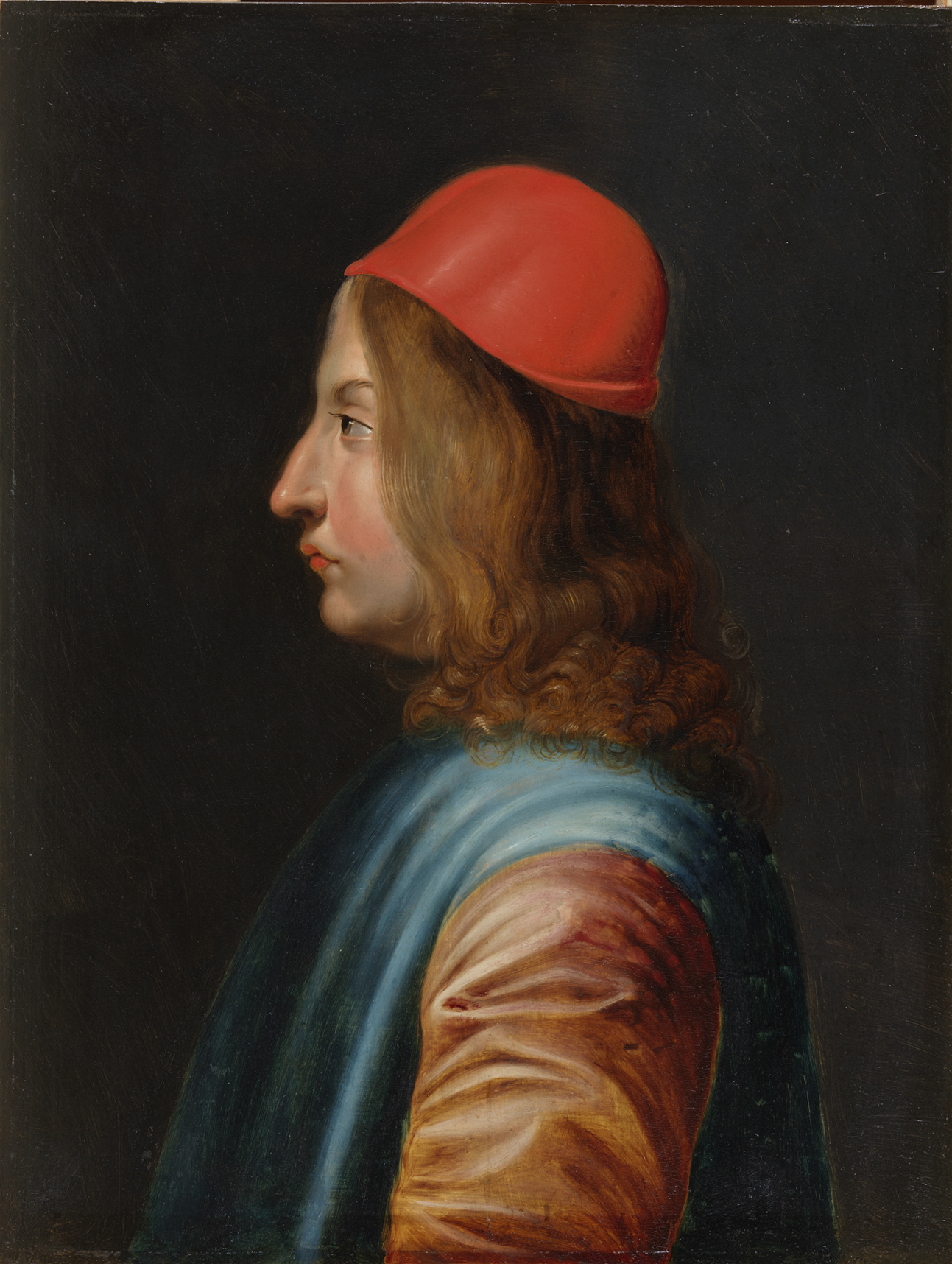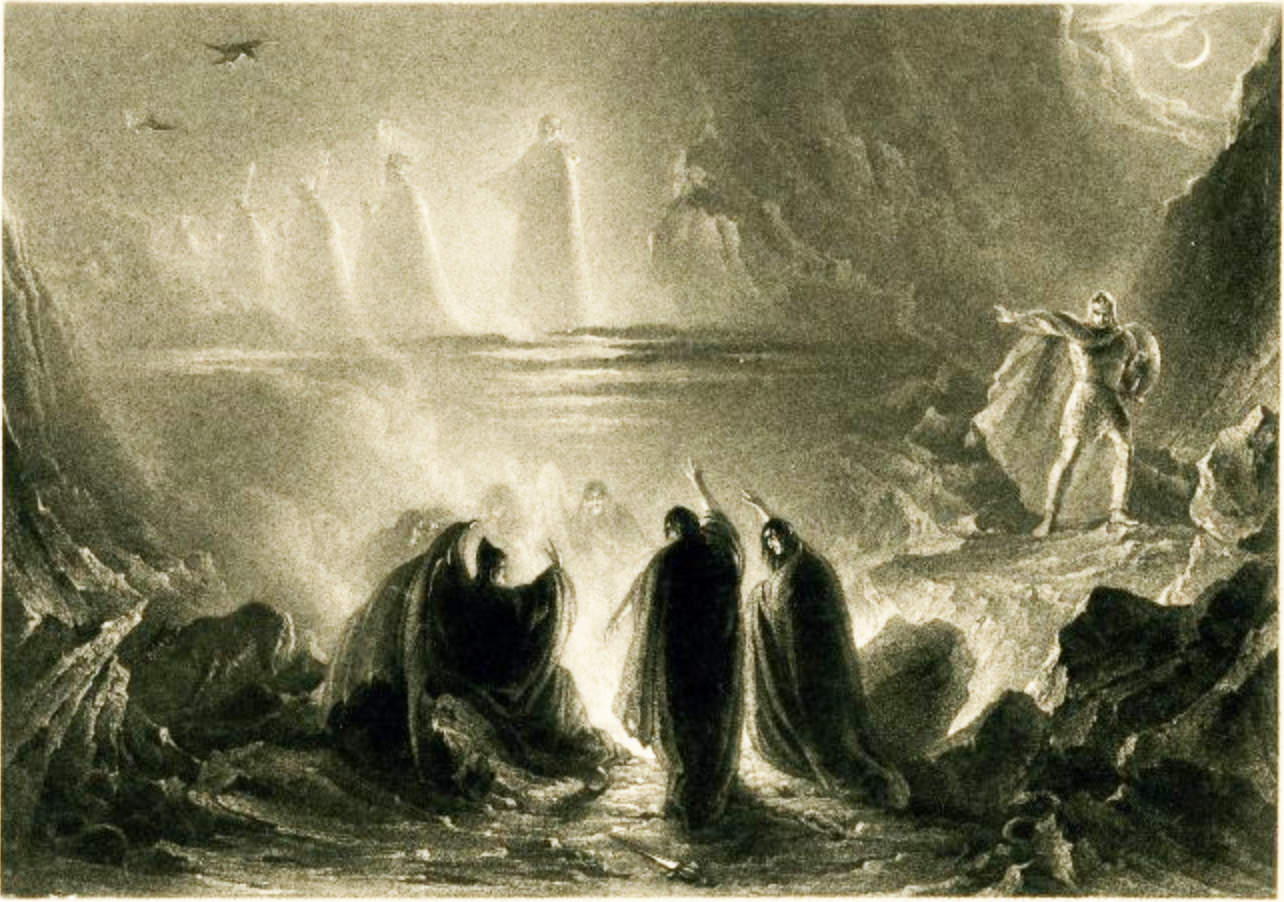Sep 11, 2023
What Pico Thought—and What It Wrought

University of Cambridge
Esmé L. K. Partridge is a recent MPhil graduate from the University of Cambridge.
More About this Author
University of Cambridge
Esmé L. K. Partridge is a recent MPhil graduate from the University of Cambridge.
More About this Author
Portrait of Pico della Mirandola by Peter Paul Reubens, ca. 1612
The legacy of the European Renaissance, it could be said, is one of contradiction. We often think of it as the cradle of the modern world, and yet those behind it were principally concerned with the rediscovery of the ancient one. For the humanists of the fifteenth and sixteenth centuries, the scholastic and religious culture of the Middle Ages was in need of replenishing with the spirit of antiquity; thus the Italian priest Marsilio Ficino (d. 1499) went “fishing with Platonic nets” for Christian truth,1 and philosopher Giordano Bruno (d. 1600) probed the depths of the ancient Egyptian and Hermetic traditions in search of secrets he believed had been lost even on the Greeks.2 As they saw it, theirs was a movement back to the past that sought to retrieve pearls of wisdom neglected by the present. They did not intend a revolution but rather, as the term “renaissance” implies, a revival—a renovatio, even.
For all their retrieval of ancient knowledge, however, the humanists also brought to the surface ideas that would eventually form a worldview antithetical to anything that had come before. This happened because, some have argued, their readings of ancient thinkers often decontextualized and distorted their original meanings (for example, by mingling Platonism with other, apparently incompatible schools of thought, such as Epicureanism and Scepticism).3 As a result, the Renaissance inadvertently gave rise to that which we now conceive to be uniquely modern. Its emphasis on empirical experience arguably anticipated the scientific method; its turn toward the beauty of the immanent world marked the beginnings of modern art; and its celebration of human freedom—perceived, however anachronistically, as a defining feature of ancient civilization4—prefigured the liberalism that came to fruition with the Enlightenment.
There is perhaps no more a paradigmatic example of this refraction of tradition through time than Oration on the Dignity of Man, also known as “the manifesto of the Renaissance,” delivered by the Italian prince and philosopher Giovanni Pico della Mirandola at the age of twenty-three in 1486. That public discourse articulates the concept of human dignity in the mythical language of antiquity—giving an account of man that draws on Platonic, Christian, Hermetic, Kabbalistic, and Islamic teachings alike—and yet begins to gesture toward a modern, liberal paradigm of individual freedom. His message is this: the dignity of man does not reside in his most perfected form but in his potential to become whatever he desires to be. For Pico, we can choose to become angelic or we can choose to become brutish, but we will always be dignified by virtue of being human alone.
Such a view of man’s unconditional—or to use a term of the human rights framework that Pico surely anticipates, “inalienable”—dignity is imbued with spiritual significance, being premised on the doctrine of imago Dei and the divinely ordained nature of free will. And yet, the sacral value he assigns to individual choice seems all too conducive to the modern secular worldview that privileges self-actualization above all else, and the hubris that has led to man’s exploitation of nature and indeed his own powers.5 As such, the work is dramatically suspended between a premodern worldview and a modern one, which begs the question: Where and how does Pico’s view on human dignity give rise to our contemporary understanding of it? And how can his philosophy help reveal crucial differences between the two paradigms?
Fascinatingly, Pico opens his Oration by quoting a Muslim thinker (since identified to be the Persian Ibn al-Muqaffa¢), who allegedly, upon being asked what “seemed to him most evocative of wonder, replied that there was nothing to be seen more marvelous than man.”6 Pico goes on to reason that man is the most marvelous because he is free from the spatial, organic, and creative limits of other animals, and so can become whatever he wants to be. Pico imagines God declaring to Adam that “while other creatures are placed within limits, human beings trace for yourselves the lineaments of your own nature.”7 We are, Pico says, chameleon-like:8 unlike other creatures whose natures are predetermined, we are not confined to any nature in particular. Pico imagines God telling us that we can morph into whatever we choose:
“We have made you a creature neither of heaven nor earth, neither mortal nor immortal, in order that you may, as the free and proud shaper of your own being, fashion yourself in the form you may prefer.”9
This transmutational ability of humans, for Pico, has a moral dimension. “It will be in your power,” he continues, “to descend to the lower, brutish forms of life; you will also be able, through your own decision, to rise again to the superior orders whose life is divine.”10 Throughout the Oration, Pico unequivocally states that a life directed toward spiritual ascent is the best one, and should be the aspiration of all men. That implies, and significantly so, that our dignity lies not in our achievement of this standard but in our capacity to choose. Pico emphasizes, by and large, that we are not bound to become just any one thing. Human beings, he suggests, have a degree of freedom and range of potential that bring us closer than other creatures to omnipotence.
We find another illustration of this in the writings of eighteenth-century German Romantic philosopher Johann Herder, who also saw human beings as unique and superior because of our relative freedom from natural limits. Echoing Pico, he suggests that all other creatures are confined to specific “spheres” of expression and influence, determined by the physical capacities and resources with which they have been endowed. A spider, for example, “weaves with the art of Minerva; but all its art is also woven out in [its] narrow spinning-space.”11 Meanwhile, man is not restricted to the construction of a cobweb—its dimensions, its shape, or the medium of silk—but has “free space to practice in many things, and hence to improve himself constantly.”12
“This transmutational ability of humans, for Pico, has a moral dimension. It will be in your power, he continues, to descend to the lower, brutish forms of life; you will also be able, through your own decision, to rise again to the superior orders whose life is divine.”

Scott F. Crider
For Herder, as with Pico, there is no doubt that “improving ourselves constantly” is the highest use of our freedom, bringing both thinkers into harmony with the Platonic (and indeed Christian and Islamic) pursuit of self-perfection. However, what is unique about the Renaissance view—and about Romanticism, itself thought to have prefigured the ethos of modern liberalism13—is the suggestion that man’s dignity lies in the choosing of his nature as opposed to the teleological fulfillment of his best nature. Even though self-perfection is encouraged, it is no longer a condition of our dignity: we will be dignified so long as we live whatever life we have chosen for ourselves. This, though subtly, gives precedence to self-actualization, or what Herder calls “self-mirroring”:
“Man [can] seek for himself a sphere for self-mirroring, can mirror himself within himself. No longer an infallible machine in the hands of nature, he becomes his own end and goal of refinement.”14
It follows that, for Pico, the value of human freedom lies in its ability to bring about self-actualization, and as such should not be constrained by externally imposed structures. This understanding of freedom—and the political implication that society should not attempt to limit it—is arguably where he begins to break with Plato, despite being indebted to his philosophy. For Plato, the value of human freedom is conditional to its striving for the Good, rendering it the responsibility of political and pedagogical authorities to create the conditions for its collective realization. This entails the imposition of certain limits (for instance, prohibiting what excites the passions and so encourages man to descend into his lower nature), which, in effect, constitutes a form of “positive freedom”: it is a freedom to pursue the Good, and so a freedom within limits.
Although Pico upholds the Platonic ideal of the Good in its Christianized form—prescribing that we purify our souls by “refraining from the impulses of our passions” so that we may become like the cherubim in our closeness to God15—his insistence on the primacy of self-determination aligns with what has conversely been called “negative freedom”: a freedom from anything that interferes with our desires and inclinations, and so a freedom without limits.16 This is the preferred freedom of liberalism, which, prioritizing individual will over collective realization of the Good, decries any form of restraint. While Pico does not himself endorse this, we can justly interpret his implicit celebration of our disavowal of limits in the pursuit of self-actualization to signify a shift from a Platonic, positive paradigm of freedom to a modern, negative one.
Similarly, Pico suggests that we are inherently free and dignified because we have the capacity to choose to live out our desires. Here he once again, though inadvertently, departs from the classical ideal: for Plato, the man who lives in accordance with his desires is not free at all, in that he is liable to be swayed by his animalistic drives and so is, in a sense, “enslaved” by his lower nature. It is only with the overcoming of desire through self-mastery, he would say, that we can be free in any meaningful sense; an idea consonant with Christianity and indeed Islam, which holds that we’re truly liberated when we achieve victory over our lower self through the inner struggle of the jihād al-nafs.
It could thus be said that while the Platonic, Christian, and Islamic traditions hold that man is only truly free and truly dignified when he chooses the best life possible—that is, the life of self-mastery and the overcoming of desire—Pico’s man is truly free and truly dignified in his ability to pursue his desires, and to choose his form of life in the first place; a point made by the contemporary scholar Arbogast Schmitt, who sees Pico as representative of the Renaissance tendency to subtly reinterpret and reconfigure Greek philosophy.17 For all his reverence of ancient wisdom, Pico’s emphasis on self-actualization leads him to reimagine the concept of human freedom in such a way that ultimately undermines it.

To understand this in another way, let us return to the Herderian image of the spider. For Herder and Pico, human beings are free when we are not constrained by the parameters of a metaphorical cobweb, being able to “trace for ourselves the lineaments of our own nature” and act out our desires accordingly. But in the Platonic view, if we are driven by our desires we effectively make another kind of cobweb, one that entraps us with worldly preoccupations, keeping us from true freedom. This version of the arachnoid image also appears in Sura al-¢Ankabūt of the Qur’an, where we are told that those who live for anything other than God “can be compared to a spider which builds itself a cobweb.” This cobweb, the verse teaches, not only entraps us but is also the “frailest
of all structures”(29:41), being spun from the silks of this world and not out of transcendent truths.
Pico himself, it should be emphasized, had no intention of subverting man’s transcendent aspirations. In fact, he vehemently encouraged them: we ought, he says, “to nourish the divine part of our soul with the knowledge of divine things as with substantial food and heavenly ambrosia.”18 The most supreme form of “self-actualization,” he maintains, is the actualization of that part of ourselves that is closest to God. And yet, because he sees dignity as residing in our potential to choose whatever we want to be, such an ideal becomes difficult to uphold.
Once dignity is equated with our right to become the “free and proud shapers of our own being,” the imperative to attain the highest state of being becomes compromised; thus it was this pride, perhaps, that anticipated modernity’s spiritual fall.
Renovatio is free to read online, but you can support our work by buying the print edition or making a donation.
Browse and Buy